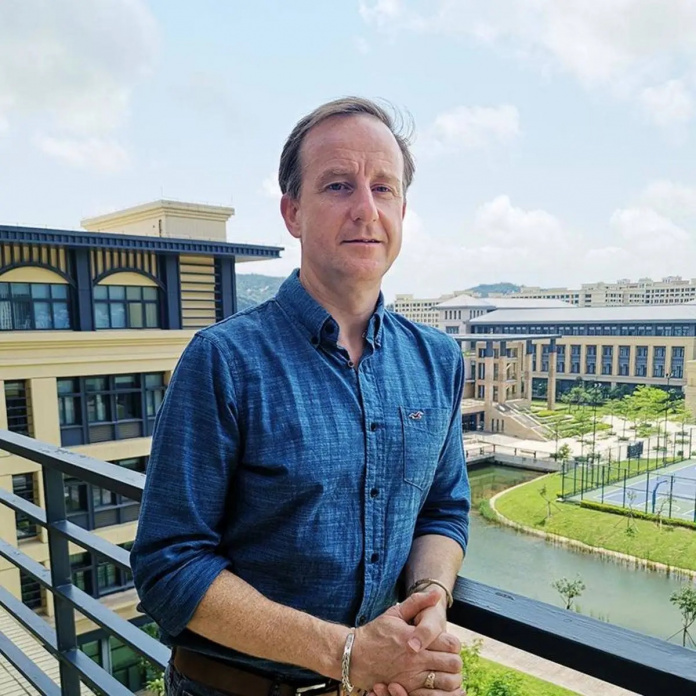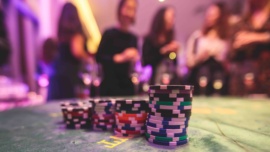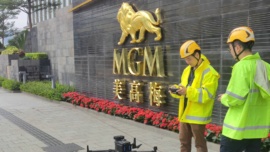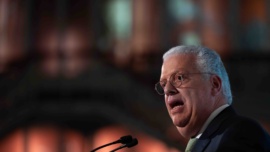He was among the first Macau-based scholars to systematically address the need to rethink Macau’s tourist image and make it coherent. In this interview, Glenn McCartney, Associate Dean of the Faculty of Business Administration, University of Macau, warns of the new challenges caused by social networks and the pandemic
Macau Business | April 2022 | Special Report | Macau’s branding challenge
It seems that you were one of the first in Macau to point out the need for coherence between the messages that make up the tourist destination image (TDI) of Macau. When and how did you notice the problem?
Glenn McCartney – During 2003–2006 I did my PhD on Macau’s TDI and therefore read a significant amount of literature and global studies on tourism destination branding and image formation. And how travellers form impressions about cities and destinations, which they may not even have been to. TDI is probably one of the most important issues in tourism destination marketing – for many, travel decision-making is done on impressions, as the traveller may never have visited, or perhaps only once or twice, and therefore even then impressions can be shaped by marketing efforts on their return home. If travellers have a negative, neutral, or confused impression of the city, well, they simply will avoid it – they have so many travel choices – and go to places with more favourable impressions. I remember during my PhD going to various airports in Hong Kong, Kaohsiung, Beijing and Shanghai to ask departing passengers of their image perceptions of Macau. Out of this I also developed the concept of a “Communication Effectiveness Grid/CEG” which was published in the Journal of Travel Research, one of the world’s leading tourism journals. This “grid” was able to put in sources that influence traveller’s perceptions on the destination – and also sources that had less influence. At this point, and of course with the data to support it, I could see Macau had a challenge with its destination image – if it wished to attract visitors beyond those with gambling as the primary motive and perceiving Macau to be a gaming city.
MGTO has been moving away from the idea of casinos for many years. Do you agree with that practice? How do you assess this process?
G.M. – Actually, in my few decades of researching Macau’s destination marketing, casinos have rarely featured in the city’s official positioning or branding. So I don’t think it’s a case of moving away from the issue as such. The official positioning has featured heritage, culture and events as a positioning statement. Which is a positive one to position a destination. The issue in marketing is that you can say you are anything, the challenge is that it is perceived as believable and valid in the minds of those potential travellers you are pitching the messaging to. It also has to be competitively distinguishable from your competition – regional and international cities who also pitch heritage and events. Culture has several components – dance, music, food, drink, story-telling/legends and so on – we see places around the world that attract solely on one or a few of those. In the end, the brand proposition has to be one that attracts visitation from targeted traveller segments – to stay longer, and spend more. And of course delivering on the brand promise on arrival and during the visit. So this would feature in my measurement of the process and Macau’s brand positioning strategy.
“I could see Macau had a challenge with its destination image – if it wished to attract visitors beyond those with gambling as the primary motive and perceiving Macau to be a gaming city”
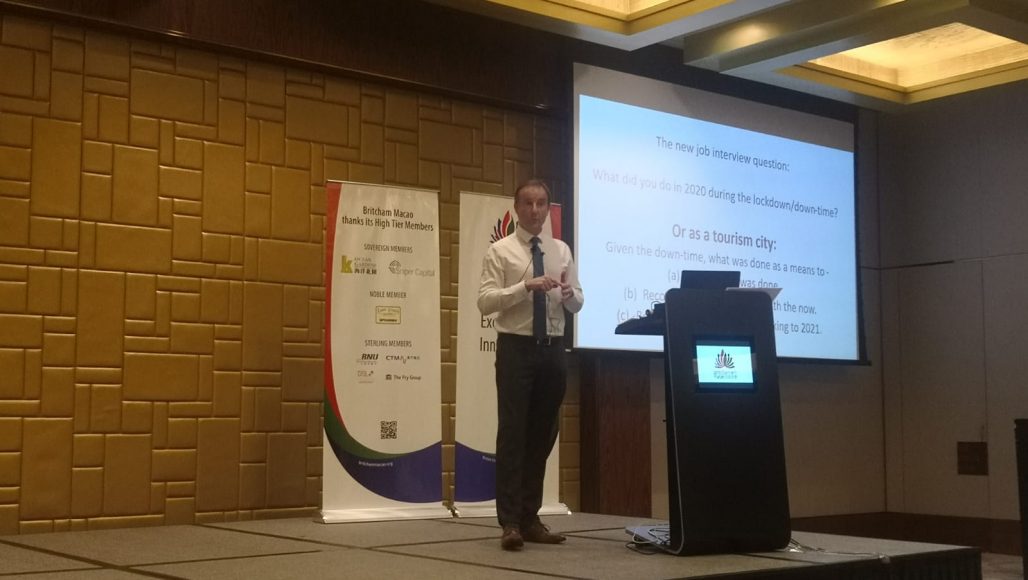
You wrote in 2017, “I have stipulated for over a decade in my research that the absence of a clear Macau city brand strategy is one of the obstacles to any substantial moves towards diversification beyond gaming and progress into non-gaming tourism such as conventions and exhibitions.” Is this still up-to-date?
G.M. – I haven’t researched the issue in a few years, but I think it’s still an obstacle five years on. With COVID-19 there has been the added dimension of marketing “safe city” perceptions. Another issue is on “closing the loop” on the amount of spend on Macau’s city marketing – whether it’s a culture or sporting event or a destination marketing campaign, an evaluation matrix can measure that as a direct result of a specific event a certain number were motivated to travel to the city for the first time, or for a repeat visit, or would recommend others – you can add spending into this evaluation. Brand evaluation can also mean investigating what “safe” means in the eyes of potential and current travelers – so ensuring that the future marketing pitch is on message and on image to attract leisure and business travelers to Macau.
“The city branding and image formation strategy has to increasingly embrace social media strategy”
In the sense of the city’s branding, Macau is less and less a city of gambling and casinos. Is it possible that it might cease to be one altogether?
G.M. – It doesn’t have to be excluded in the branding process – The Las Vegas Strip is a good example of this. It’s part of the “city of entertainment” image, attracting gaming and non-gaming leisure and business travel segments (although there are places such as China which ban gambling images in marketing, so one needs to be mindful of this). While branding strategy should be a dynamic process, re-branding to keep the image energized and relevant, in travel and tourism it’s best not to change too often. It’s part of the city image reinforcement process. Therefore, a city branding strategy is a long-term perspective. Look at international successful brands – their logos and messaging have been there for years. I believe as Macau looks for its unique position within the Greater Bay Area the issue of a distinct Macau city image has become more pressing. And particularly one that grows non-gaming leisure and business segments.
Another prior concern of yours was the need to attract tourists from other geographies? Are you more or less convinced of this now, in 2022?
G.M. – Due to the impact of COVID-19, we see that over 90 per cent of visitation is now from Mainland China through the travel corridor with Macau. This will be the key travel market in 2022. There are many 1st-, 2nd- and 3rd-tier cities within China to market Macau to and attract more first-time visitors, and again with various leisure and business travel motives.
Some studies show that tourists have little knowledge of the various events that take place in Macau (with the exception, perhaps, of the Grand Prix). How can this issue be resolved?
G.M. – People consume media messaging a lot differently now than in the early 2000s –then, there was no smartphone, WeChat, WhatsApp, Weibo, TikTok. Now we have social media influencers. AI and VR have also emerged within travel and tourism. Today for example, social media messaging needs to be short and immediately grab attention. It’s also 24 hours non-stop and highly interactive. With this, the city branding and image formation strategy has to increasingly embrace social media strategy. A focus should be greater engagement on Macau’s city branding strategy formation within social media – evaluating this on commercial value such as actual visitation and spending. (This engagement includes within events – I recently ran the Macau Half-Marathon in December – each one of us participating have an ability to send messages and images reaching local, regional, and international audiences on our mobiles almost instantly at the start and finish – I did!).





